Should You Use an HRIS Platform for Performance Management?
15Five
APRIL 4, 2024
Some businesses lean on their HR Information System (HRIS) to fulfill all of the needs of HR leaders, including gathering insights into employee performance… but an HRIS on its own is ill-equipped to manage the demands of effective performance management. Let’s take a closer look.



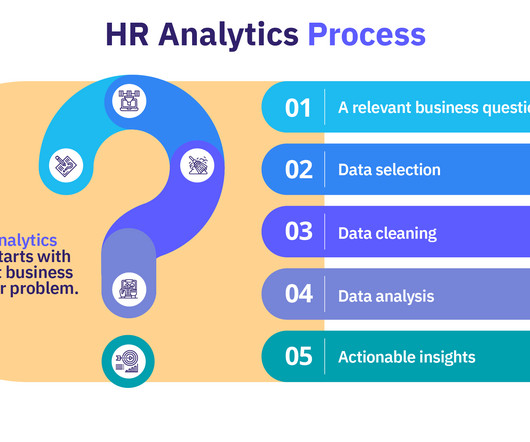

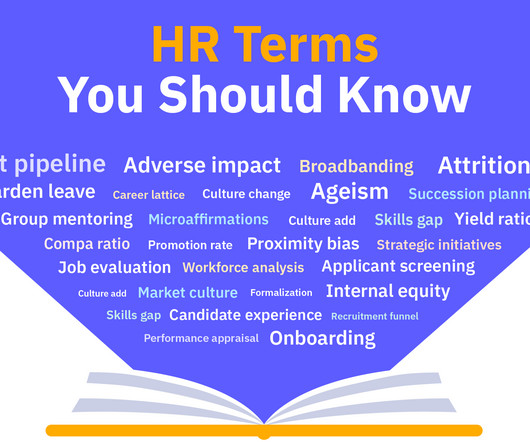
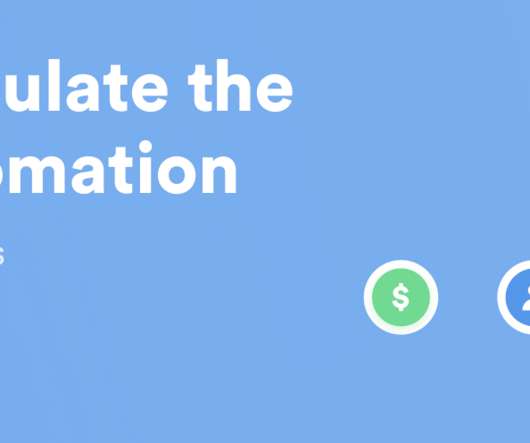

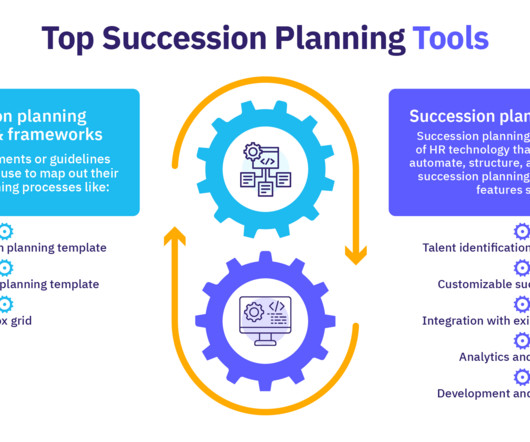


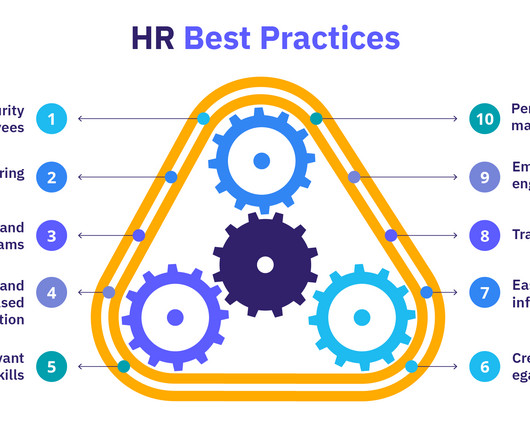
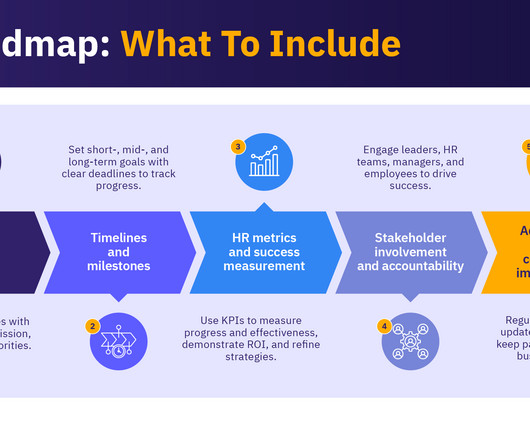






Let's personalize your content